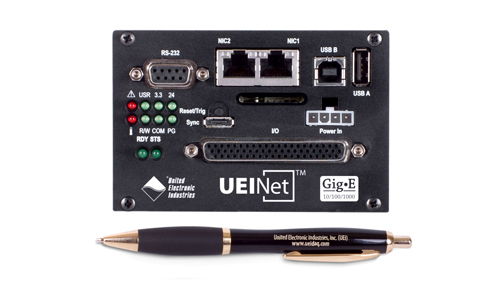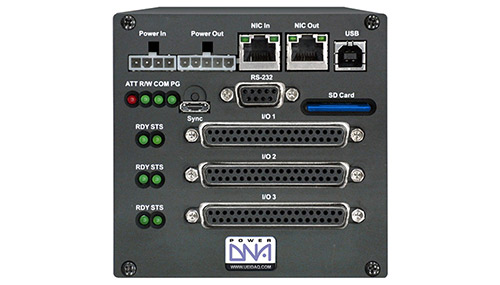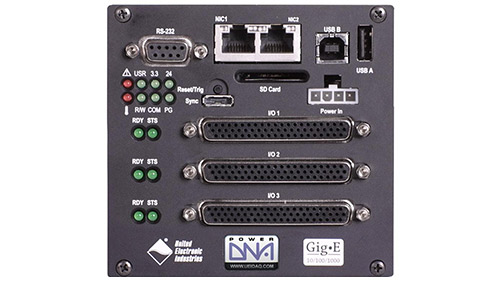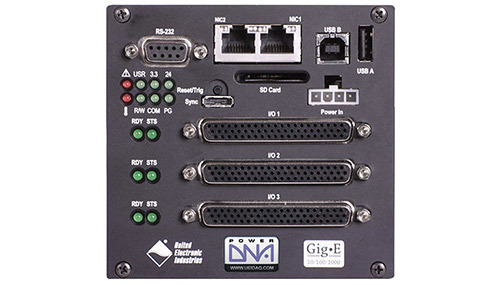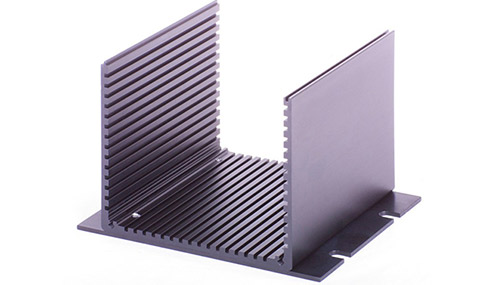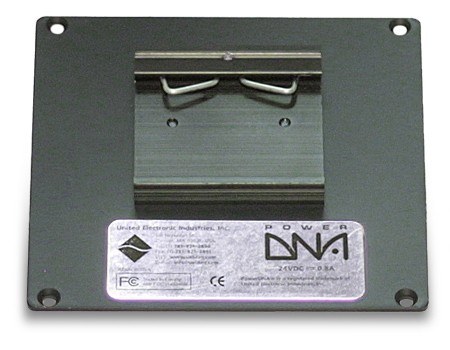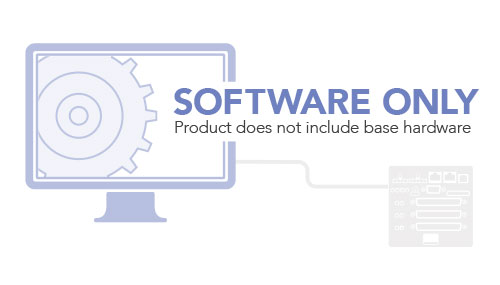The MIL-STD-1553 UEINet programmable automation controller chassis is a high performance, two-channel MIL-STD-1553 interface that is perfect as a MIL-STD 1553 to Ethernet converter. Each port operates fully independently and provides a complete dual, redundant 1553 interface and may be set as 1553a or 1553b. The "b" interface fully implements specification notices 1 and 2. Each port is transformer coupled, though direct coupling is available as an option.
Many 1553 functions are implemented in an on-board FPGA. This greatly reduces the burden placed on the chassis CPU and ensures the 1553 functionality does not limit the processor interface or the connectivity to the host PC.
Each port may be independently configured as Bus Controller (BC), Remote Terminal (RT) or Bus Monitor (BM). As Bus Controller, the board supports all standard BC-RT, RT-BC, and RT-RT transfers. The Remote Terminal support allows the board to emulate up to 31 different RTs on the bus. Bus Monitoring (BM) mode provides the ability to monitor all activity, or selective activity based upon RT address. In addition to monitoring data, BM monitors time tags, error status, and RT response time. Finally, each DNA-1553-553 channel may be set to simultaneously act as an RT and BM or BC and BM.
The UEINet chassis is an extremely rugged, Gigabit Ethernet-based I/O interface. The wide variety of allows you to configure one or more cubes to match the specific I/O requirements of your application. UEINet chassis are 2.7" x 4.1" x 4" and are packed with power and flexibility. Each UEINet module consists of two primary subsections: a Core Module and an I/O board.
The "standard" UEINet is designed to run as a slave I/O unit controlled directly by a host PC. The UEINet PAC UPG option allows the unit to run as a stand-alone device running an application you write in either Linux or VxWorks operating systems. Simulink users can use the UEINet SIM UPG option to enable the ability to build applications in Simulink. These Simulink modules may be run on a host PC, stand-alone on the UEINet, or in a SCADA mode where a stand-alone application runs, but can be tuned by the host PC. Finally, there the UEINet Mod UPG allows the UEINet to run as a MODBUS TCP node and UEINet OPC-UA UPG.
The Core Module occupies the top portion of the chassis and provides two independent Gigabit Ethernet Network Interface Controllers (NICs) with separate IP addresses. These may be configured as a control port and a diagnostic port or they may be teamed/bonded to allow redundant network access. The control port is the primary interface from the host PC. The diagnostics port allows other computers (or a different thread on the host) to interrogate the I/O and system status of the Cube.
The Core module also provides the 8347 series PowerPC CPU, two USB 2.0 controller ports (active only with the UEIPAC option), indicator lights, timing/trigger interface, configuration ports, and an internal power supply. It's the brains of the UEINet and controls the unit's operations including the interface with the host Controller (and other Cubes), acting as the primary processor in stand-alone deployments as well as supervising the activity of the I/O board.
The remainder of the chassis contains the I/O board. A custom (though fully COTS) I/O configuration is possible by specifying the UEINet with any of UEI's DNA-series I/O boards. An overview of these boards is also provided on the following pages, while detailed specifications can be obtained from the various I/O boards' datasheets. With over 80 different I/O boards available we're sure to have just what your application requires.
Your application runs as a regular Linux process giving you access to the standard POSIX API provided by the GNU C runtime library (glibc) as well as any other library that can be compiled for Linux (for example: libxml, libaudiofile…). We also support the Linux_rt preempt patch for real-time support.
The UEINet 1553 PAC includes a standard MIL-1553 cable interface. Also included is a helpful, self-test loop-back adaptor.
The UEINet-FLANGE, mounting option allows the UEINet series to be easily mounted to any flat surface. The UEINet-DR, DIN rail mount allows the unit to be mounted to any standard 35 mm DIN rail.
